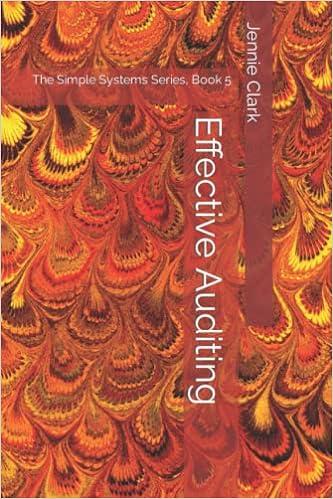Sweeten Company had no jobs in progress at the beginning of March and no beginning inventories. The company has two manufacturing departments--Molding and Fabrication. It started, completed, and sold only two jobs during March- Job P and Job Q. The following additional information is available for the company as a whole and for Jobs P and Q (all data and questions relate to the month of March): Molding Fabrication Total Estimated total machine-hours used 3,200 1,920 5,120 Estimated total fixed manufacturing overhead $12,800 $19, 200 $32,000 Estimated variable manufacturing overhead per machine-hour $ 1.40 $ 2.20 Job P $16,640 $26,880 Job 0 $19, 240 $ 9,600 Direct materials Direct labor cost Actual machine-hours used: Molding Fabrication Total 2,230 770 3.000 1,020 1,100 2,120 Sweeten Company had no underapplied or overapplied manufacturing overhead costs during the month. Required: For questions 1-9, assume that Sweeten Company uses departmental predetermined overhead rates with machine-hours as the allocation base in both departments and Job P included 20 units and Job included 30 units. For questions 10-15, assume that the company uses a plantwide predetermined overhead rate with machine-hours as the allocation base. 1. What were the company's predetermined overhead rates in the Molding Department and the Fabrication Department? (Round your answers to 2 decimal places.) Predetermined Overhead Rate Molding Department Fabrication Department per MH per MH Job P Job Q $16,640 $10,240 $26,880 $ 9,600 Direct naterials Direct labor cost Actual machine-hours used: Molding Fabrication Total 2,230 770 1,020 1,100 2,120 3,000 Sweeten Company had no underapplied or overapplied manufacturing overhead costs during the month. Required: For questions 1-9, assume that Sweeten Company uses departmental predetermined overhead rates with machine-hours as the allocation base in both departments and Job P included 20 units and Job Q included 30 units. For questions 10-15. assume that the company uses a plantwide predetermined overhead rate with machine-hours as the allocation base. 2. How much manufacturing overhead was applied from the Molding Department to Job P and how much was applied to Job Q? (Do hot round intermediate calculations.) Job P Job Q Manufacturing overhead applied and questions relate to the month of March): Molding Fabrication 3,200 1,920 $12,800 $19, 200 $ 1.40 $ 2.20 Total 5,120 $32,000 timated total machine-hours used timated total fixed manufacturing overhead tinated variable manufacturing overhead per machine-hour Job P $16,640 $26,880 Direct materials Direct labor cost Actual machine-hours used: Molding Fabrition Tota . Job 0 $10,240 $ 9,600 1,020 1,100 2,120 2,230 770 3,000 Sweeten Company had no underapplied or overapplied manufacturing overhead costs during the month. Required: For questions 1-9, assume that Sweeten Company uses departmental predetermined overhead rates with machine-hours as the allocation base in both departments and Job Pincluded 20 units and Job Q included 30 units. For questions 10-15, assume that the company uses a plantwide predetermined overhead rate with machine-hours as the allocation base. How much manufacturing overhead was applied from the Fabrication Department to Job P and how much was applied to Job Q? o not round intermediate calculations.) Job P Job Manufacturing overhead applied tion is available for the company as a whole and for Jobs P and Q (all data and questions relate to the month of March): Estimated total machine-hours used Estimated total fixed manufacturing overhead Estimated variable manufacturing overhead per machine-hour Molding Fabrication 3,200 1,92 $12,800 $19, 200 $ 1.40 $ 2.20 Total 5,120 $32,000 Job P Job $16,640 $10,240 $26,880 $ 9,600 Direct materials Direct labor cost Actual machine-hours used: Molding Fabrication Total 2,230 770 3,000 1,020 1,100 2,120 Sweeten Company had no underapplied or overapplied manufacturing overhead costs during the month. Required: For questions 1-9, assume that Sweeten Company uses departmental predetermined overhead rates with machine-hours as the allocation base in both departments and Job Pincluded 20 units and Job Q included 30 units. For questions 10-15, assume that the company uses a plantwide predetermined overhead rate with machine-hours as the allocation base. What was the total manufacturing cost assigned to Job P? (Do not round intermediate calculations.) Total manufacturing cost










